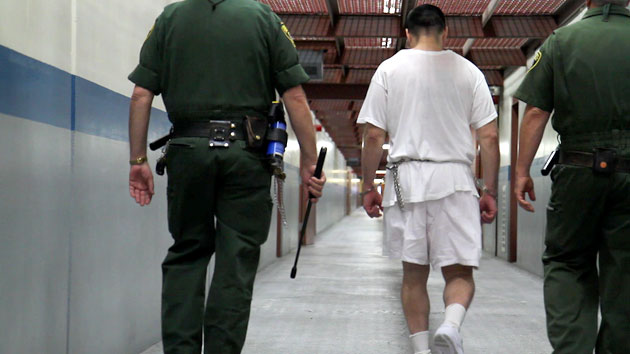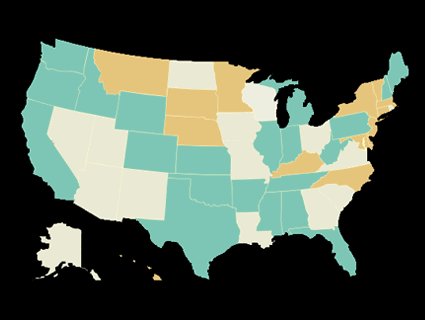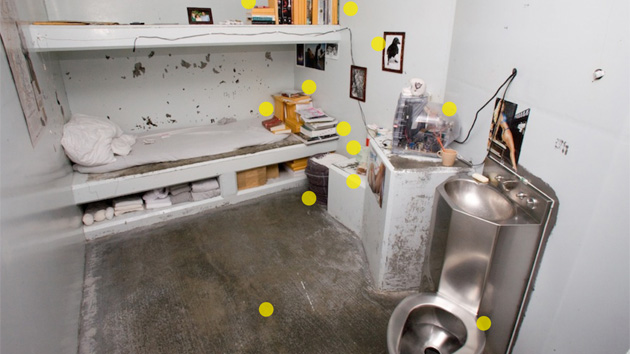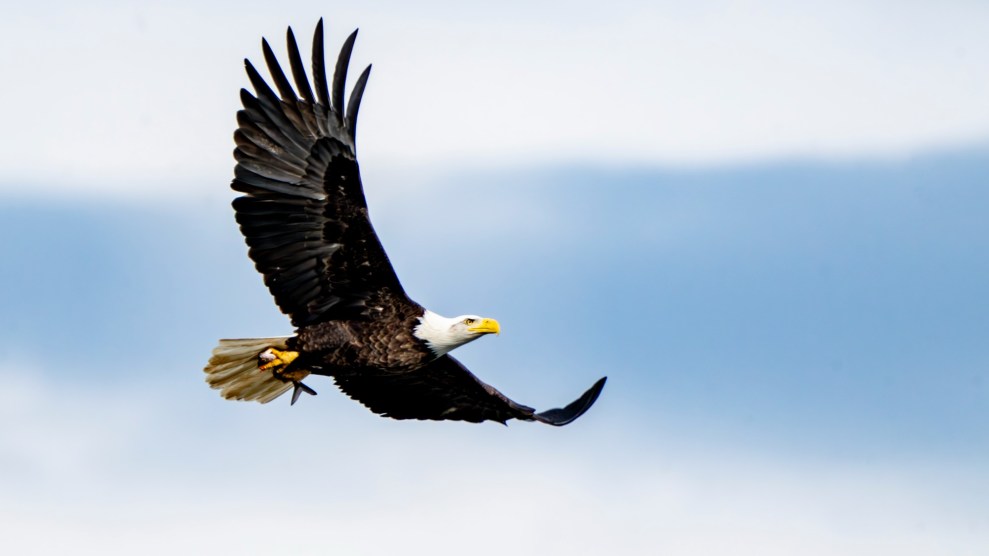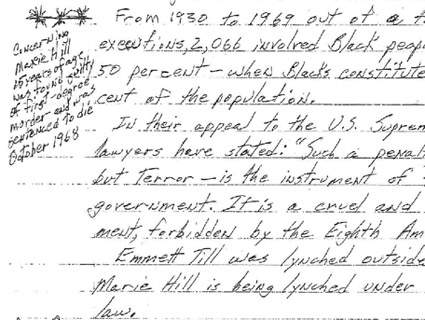
Deep within the Orwellian milieu of California prisons, gang investigators operate with almost total discretion when placing inmates into solitary confinement. Artifacts an outsider might deem innocuous can prove inmates’ association with prison gangs and warrant indeterminate periods in Security Housing Units (SHUs). The following excerpts from hundreds of pages of lawsuits, internal reports, and validation documents highlight seven shocking items used in this process, offering a firsthand look into a procedure that normally remains hidden behind bars.
1. A Christmas card: In the yuletide season of December 2009, the investigative services unit at Pleasant Valley State Prison intercepted an outgoing piece of mail from inmate Sean Dunne, a suspected associate of the Northern Structure prison gang. Of particular interest to prison officials was the appearance of stars in an illustration on a Christmas card, which also featured a Santa hat, Hershey’s Kisses, a prominent candy cane, and carol notes. In a photocopy of the drawing below, an assistant institutional gang investigator labels each of the “Northern Stars,” explains how they are symbolic of Dunne’s association, and concludes that the card will count as one source document in his validation.
2. Political books and writing from black sources: Officials from Centinela State Prison informed inmate Ricky Gray in May 2005 that his possession of the following literature was jeopardizing “the safety and security of the institution” and represented his “continued association with the Black Guerilla Family [BGF] and their beliefs.” Most of the titles mentioned in the report are written by or relate to the experiences of black prisoners, like the late George Jackson.
3. The huelga bird and the number 14: Former inmate Ernesto Lira was validated as a Northern Structure gang member on the basis of a drawing which featured the huelga bird, the number 14, and, again, the “Northern Star.” This excerpt, which describes the illustration, is from a judge’s ruling to expunge Lira’s gang validation in September 2009, after he had been released on parole.
Former San Quentin Warden Daniel Vasquez testified that the huelga bird and the number 14, both popular symbols in Mexican American culture, were unreliable validation evidence. Vasquez couldn’t locate the “Northern Star.”
4. Newspaper article: According to prison regulations, at least one of the three items necessary for a gang validation must demonstrate a “direct link” with another gang member or associate. The gang investigator who prepared inmate Dietrich Pennington’s validation package cites Pennington’s possession of a newspaper clipping from the San Francisco Bay View, an African American weekly, as evidence of BGF association because it is written by another validated inmate. In this response to Pennington’s legal petition, California Attorney General Kamala Harris describes the actions of prison officials and argues that his case should be dismissed.
5. Dragon Tumbler: Another item cited in Pennington’s validation was a drinking cup with a dragon etched on it. According to the investigator, the dragon is “the most common identifying symbol” used by BGF. In Harris’ response, she included a poorly photocopied image of the cup.
6. Journal Musings: Pennington’s third questionable validation item was a notebook, in which he had pondered the oppression of prison life and copied quotes from black prisoners, like George Jackson. Here’s a sampling:
7. Statements from confidential “informants”: After inmate Ricky Gray was validated in 2006, a warden asked a staff assistant to review the package. Crucial statements about Gray actively recruiting other BGF members came from two confidential informants. When interviewed later, they maintained they did not know Gray or the officer who purportedly interviewed them.
